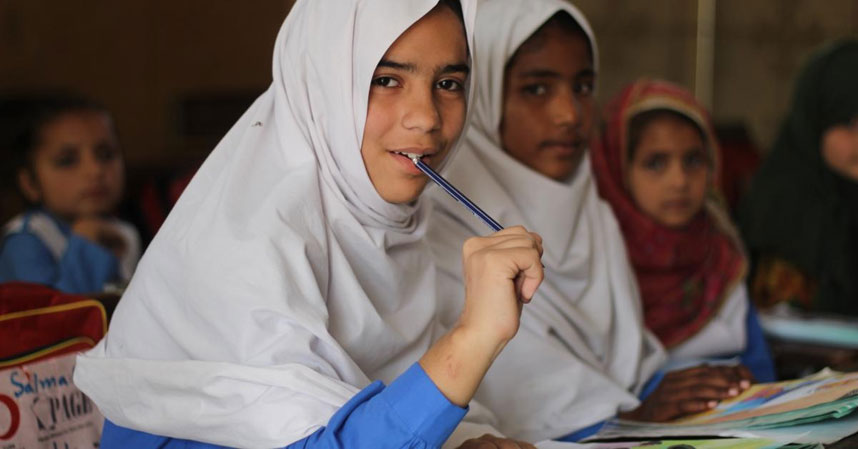Learning Curve: Educational inequality threatens Pakistan’s progress

Despite education being universally recognized as a fundamental human right, Pakistan’s educational system is deeply marred by disparities related to gender, socioeconomic status, geography, and religion.
In Pakistan, access to quality education is often a privilege determined by wealth and location. Urban centers enjoy modern facilities and ample resources, while rural areas struggle with dilapidated infrastructure and a lack of qualified teachers.
The statistics are stark: with 26.2 million children out of school, Pakistan ranks second globally for the highest number of out-of-school children. Punjab, with 11.73 million out-of-school children, and Balochistan, where 65% of children are not in school, starkly illustrate this regional divide.
Gender inequality further adds to these disparities. In conservative communities, girls frequently face obstacles to higher education, stunting their potential and impeding national progress.
Professor Ramzan, an educationist with extensive experience at Saudi Arabian universities, underscores the severity of the economic divide: “In Pakistan, children from affluent families access elite private schools equipped with state-of-the-art facilities, while those from less privileged backgrounds are confined to underfunded public schools. This discrepancy perpetuates a cycle where the wealthy benefit from more opportunities, while the poor remain trapped in poverty.”
Comparing Pakistan’s educational system to its South Asian neighbors reveals a glaring disparity. Countries like Sri Lanka and Nepal have achieved notable educational outcomes through sustained investment in infrastructure and teacher training. Sri Lanka’s high literacy rate and Nepal’s targeted community-based reforms provide valuable models. India and Bhutan have made impressive strides by focusing on holistic development and equitable resource distribution. In contrast, Pakistan faces significant educational disparities, lower literacy rates, and uneven resource allocation, underscoring the urgent need for comprehensive reforms.
Personal stories highlight the stark contrasts in educational experiences. Miss Hajra from Rawalpindi opted for a private school for her daughter due to its safer learning environment, regular parent-teacher meetings, and smaller class sizes.
Similarly, Miss Sarah from Islamabad also chose private schooling for its superior education quality and infrastructure, aiming for her children’s better future.
In stark contrast, Mr. Azhar from Islamabad’s rural Kirpa Town faces severe challenges. “There are no quality private schools in our region, and my limited resources make it impossible to enroll my children elsewhere. We have had to settle for a government school, despite its shortcomings. The financial strain of moving to the city for better opportunities is beyond our means. I wish there were more equitable options available locally.”
Professor Ramzan advocates for several crucial policy reforms to address these educational disparities. He suggests a fair distribution of educational resources to improve rural and underfunded schools, including upgrading facilities and enhancing teacher training. He emphasizes the need for investments in curriculum development and teacher training to elevate educational standards nationwide. Expanding financial aid programs can help low-income, families afford education and reduce economic barriers.
Additionally, implementing gender-sensitive policies, providing safe transportation, and offering scholarships for girls are essential to overcoming barriers to female education.
Discussing the recent initiative to implement a single national curriculum, Professor Ramzan suggested re-evaluation to remove flaws in it. He recommends a more significant allocation of the National Budget towards enhancing educational facilities and expanding teacher training programs, akin to the efforts of Door-been, a nonprofit organization dedicated to this cause.
Educational inequality in Pakistan is a multifaceted issue requiring immediate, focused intervention. Addressing the root causes through targeted policies and community engagement can help build a more inclusive education system, laying the foundation for a prosperous and equitable society where every child has the opportunity to realize their full potential.
Leave a Comment